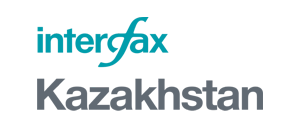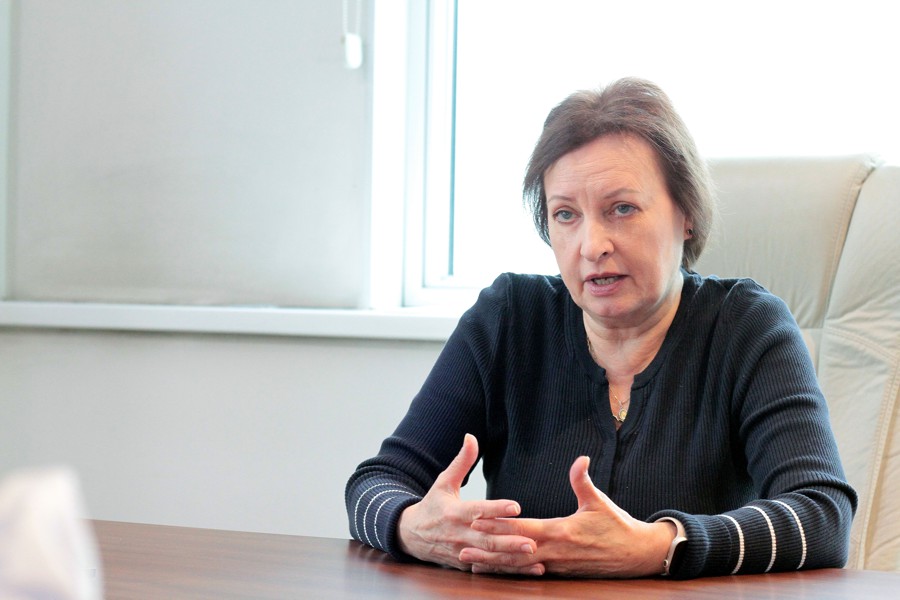Executive Director of the Dairy Union of Kazakhstan, Vladimir KOZHEVNIKOV:
KAZAKHSTAN TO ACHIEVE FULL DAIRY SELF-SUFFICIENCY BY 2027, BUT IMPORTS STILL NEEDED

The dairy industry plays a vital role in Kazakhstan’s agricultural sector, ensuring the country’s food security and creating jobs in the regions. According to the Ministry of Agriculture, the cattle population in Kazakhstan has grown to 9.6 million head, and with the planned launch of over 100 dairy farms, milk production is expected to increase by 600,000 tonnes per year. However, alongside these achievements, the sector faces numerous challenges, from production modernization to competition with imported goods. In an interview with Interfax-Kazakhstan, Vladimir KOZHEVNIKOV, Executive Director of the Dairy Union of Kazakhstan, discussed the current state of the industry and its future prospects.
[Note: The Dairy Union represents 40+ processors and was established in 2004.Note: The Dairy Union of Kazakhstan is a trade association representing dairy producers and processors nationwide.]
- What is the current state of Kazakhstan’s dairy industry, and what are its key challenges? What are the annual milk production volumes and growth plans?
- Our union represents dairy processors. Overall, the industry shows positive trends – over the past decade, milk production at farm facilities has nearly doubled. This is good-quality, safe milk destined for processing.
We've recently overhauled our dairy production statistics. Previously reported figures exceeded 6 million metric tonnes annually. The revised data now shows actual production at slightly over 4 million metric tonnes - sufficient to fully supply our domestic processing capacity.
State-supported dairy farming programs are underway, particularly in North Kazakhstan Region, whose successful model is being replicated nationwide. The trends are encouraging.
However, structural issues persist: Up to half of milk production comes from small household farms. This milk often fails to meet quality and safety standards, including microbiological requirements under technical regulations. That’s the core challenge for processors.
[Note: North Kazakhstan Region launched 21 dairy enterprises during 2021-2022, becoming the country’s top milk producer among agricultural entities by 2025.]
- How is product quality controlled at farms? Are there statistics on violations detected?
- Quality control isn't conducted at farms by our organization. As processors, we monitor the quality of finished products. The Committee for Consumer Protection maintains violation statistics - typically concerning mislabeling, undisclosed vegetable fats, and similar issues. These statistics are available on the Committee's website with specific cases and aggregate data. Since not all producers belong to our Dairy Union, we don't have complete industry-wide statistics.
- What are Kazakhstan's annual dairy export volumes? Which markets currently receive Kazakh dairy products, and where are export expansions planned?
- Our export volumes remain modest at about 6% of total national dairy production. Traditionally, we've supplied border regions of Russia. Recently, we're seeing growing export opportunities to China.
However, I should emphasize our primary focus remains achieving complete self-sufficiency in dairy products to ensure national food security. Our export capacity remains limited at this stage.
- What is Kazakhstan's current dependence on dairy imports? How would you assess the impact of Russian, Belarusian and Kyrgyz producers on the domestic market?
- Our import dependence remains relatively low for basic "white" products like milk and kefir . We meet 95-97% of domestic demand. The challenge lies in value-added products: cheese, butter and especially powdered milk, where we still rely on imports. This requires balancing dairy farming development programs with processing capacity expansion.
Russian, Belarusian and to a lesser extent Kyrgyz producers certainly influence our market. Belarusian and Russian products in particular create significant competitive pressure.
This issue ultimately requires policy-level solutions. Two key factors put our producers at a disadvantage: First, Russia and Belarus provide greater government support and market protections for their dairy industries. Second, as I mentioned earlier, much of our production still comes from small-scale farms. The scale difference is substantial, while Belarusian processors handle over 1,500 metric tonnes of milk daily, our largest facilities process just 150-200 metric tonnes. This production gap means Russian and Belarusian producers benefit from significantly lower fixed costs per unit.
While our products now match imports in terms of packaging quality and design, we still trail in price competitiveness.
- How realistic is Agriculture Minister Saparov's statement that Kazakhstan could achieve complete milk self-sufficiency by 2027 and eliminate imports?
- The minister's projection is entirely realistic. As I mentioned, we're already nearly self-sufficient in basic dairy products. The remaining challenge lies in developing our value-added processing capacity.
However, complete import elimination isn't the goal. Certain specialty products will remain more cost-effective to import. Global trade flows have always existed and will continue - this applies to all nations. Our primary focus is securing national food security, a goal we're already positioned to achieve.
I consider the minister's forecast achievable, by 2027, Kazakhstan should no longer face dependence on foreign dairy supplies.
- Would abandoning imports lead to higher dairy prices? What generally drives milk price increases?
- Current price trends reflect broader economic factors - rising energy costs and fixed production expenses. The key determinant remains production scale. As our operations expand, productivity gains will lower per-unit costs, ultimately reducing consumer prices.
- How are modern consumption trends affecting the industry? Is demand for dairy products declining due to so-called "healthy eating" standards that advocate eliminating dairy?
- The impact is certainly noticeable. We're seeing growing popularity of plant-based dairy alternatives that occupy a market niche. However, few consumers are ready to completely abandon traditional dairy, as milk remains a natural, nutrient-rich product packed with calcium and vitamins. A full transition to plant-based substitutes isn't a realistic goal for most consumers.
- What's the level of automation at Kazakh dairy farms? Are advanced technologies being implemented? Is there a workforce shortage in the sector?
- While this falls more under the purview of farmers' associations, I can note some developments. We have exemplary operations like Vostok-Moloko with fully roboticized farms achieving exceptional productivity, milk quality and safety standards - they're currently expanding with a second facility. However, such cases remain exceptions.
Leading large-scale farms like Zenchenko and Rodina agricultural enterprises demonstrate full automation with excellent working conditions that attract skilled labor. Unfortunately, many smaller operations still rely heavily on manual labor with minimal automation, making those jobs far less attractive to workers.
- Thank you for your time!
July, 2025
© 2026 Interfax-Kazakhstan news agency
Copying and use of these materials without reference to the source is prohibited
Archive




